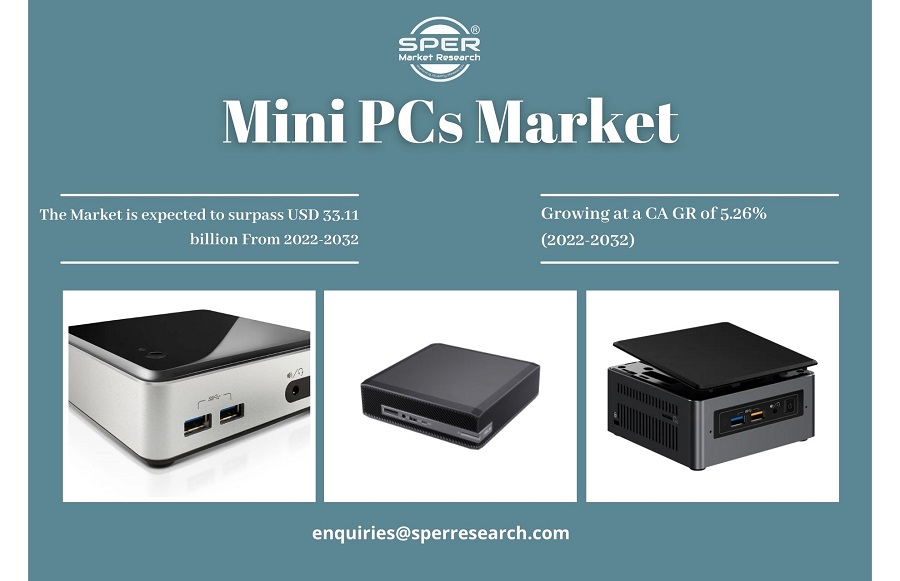This article provides a comprehensive guide to trading E-Mini futures, explaining what they are and how they work. E-Mini futures, electronically traded contracts, offer advantages such as lower margin requirements and 24-hour availability. Traders can use leverage to control larger contract sizes, making risk management crucial. The article outlines the steps to start trading E-Mini futures, including selecting a reputable broker, managing risk, and using various trading strategies. With lower capital requirements and liquidity, E-Mini futures offer diverse opportunities for traders, but success requires a solid understanding of the markets and effective risk management.

E-Mini futures are a popular trading instrument that allows investors to participate in the futures market with lower capital requirements and greater accessibility. In this article, we'll delve into the world of E-Mini futures, exploring what they are, how they work, and the opportunities they offer to traders.
Understanding E-Mini Futures:
- What Are E-Mini Futures? E-Mini futures are a type of futures contract that tracks the performance of a particular index, such as the S&P 500, NASDAQ, or Dow Jones Industrial Average. They are electronically traded, hence the "E" in their name.
- Advantages of E-Minis: E-Mini futures offer several advantages, including lower margin requirements, 24-hour trading availability, and liquidity due to their popularity.
- Key E-Mini Contracts: The most widely traded E-Mini contracts include the E-Mini S&P 500 (ES), E-Mini NASDAQ 100 (NQ), and E-Mini Dow Jones (YM).
How E-Mini Futures Work:
- Leverage: E-Mini futures allow traders to control a large contract size with a relatively small amount of capital. This leverage can amplify both gains and losses, making risk management crucial.
- Price Movement: Each point of movement in an E-Mini contract corresponds to a fixed dollar amount. Traders can profit from price changes whether the market is rising (going long) or falling (going short).
- Settlement: E-Mini futures contracts are cash-settled, meaning they are settled in cash rather than with the physical delivery of the underlying asset. This simplifies the trading process.
Trading E-Mini Futures:
- Selecting a Broker: To trade E-Mini futures, you'll need a futures broker. It's essential to choose a reputable broker with competitive fees and a user-friendly trading platform.
- Risk Management: Given the leverage inherent in futures trading, managing risk is paramount. Traders often use stop-loss orders to limit potential losses.
- Analysis: Technical and fundamental analysis are commonly used to make informed trading decisions. Traders study charts, economic indicators, and news that could impact the market.
E-Mini Trading Strategies:
- Day Trading: Some traders focus on short-term price movements, opening and closing positions within the same trading day.
- Swing Trading: Swing traders hold positions for a few days to several weeks, aiming to capture larger price swings.
- Hedging: E-Mini futures can also be used for hedging purposes to protect an investment portfolio from market downturns.
Conclusion: Trading E-Mini futures can be an exciting and potentially profitable endeavor for investors. With their lower capital requirements, liquidity, and 24-hour availability, E-Mini futures offer diverse opportunities for traders. However, it's essential to approach E-Mini trading with a solid understanding of the markets, risk management, and a well-thought-out strategy to navigate the complexities of futures trading successfully.























